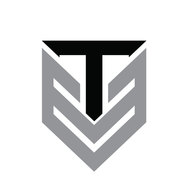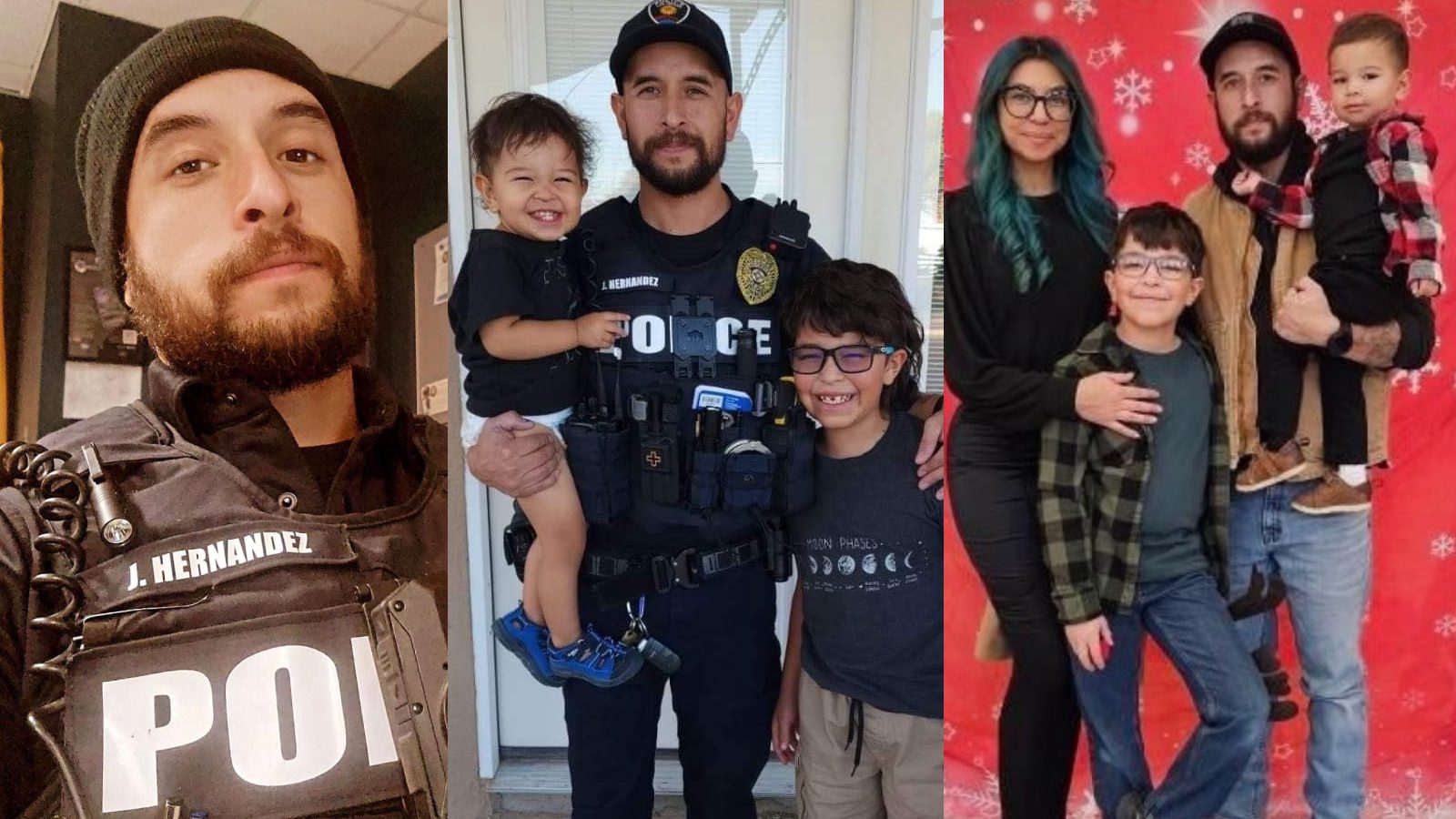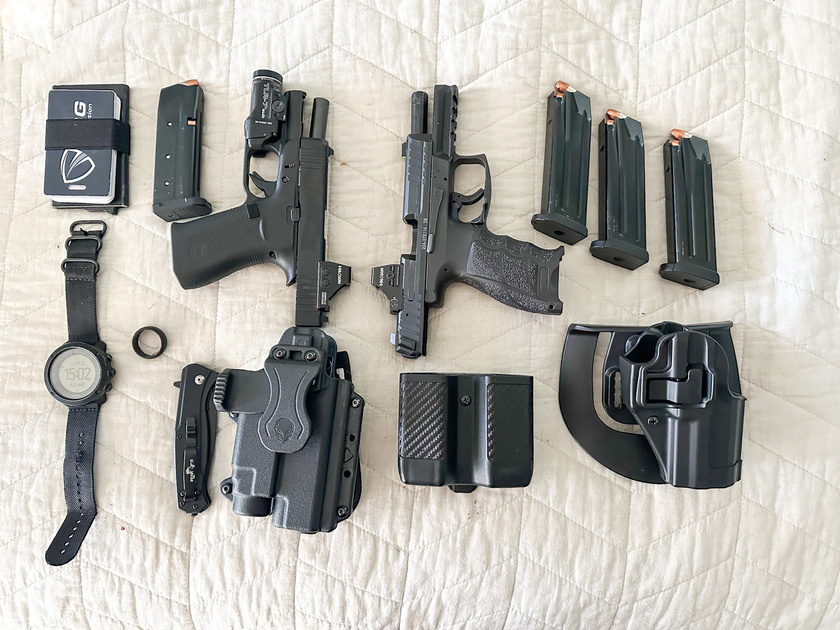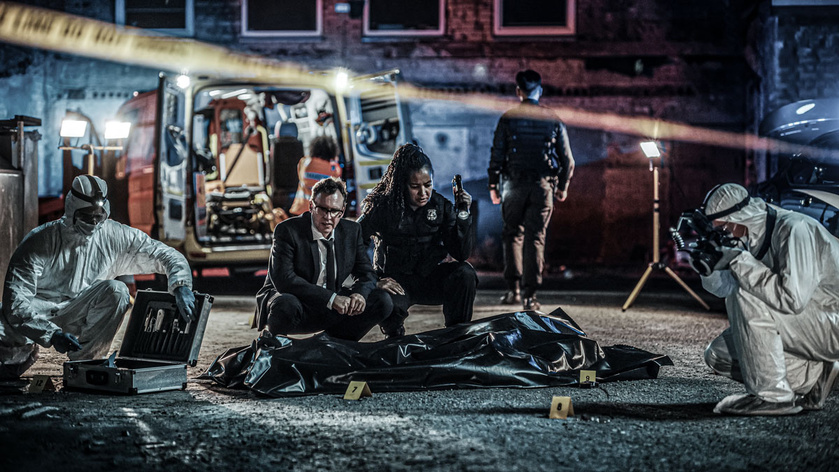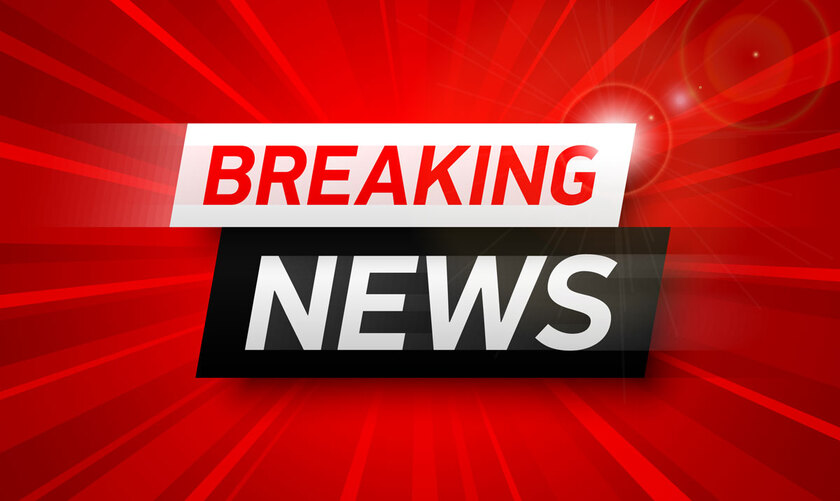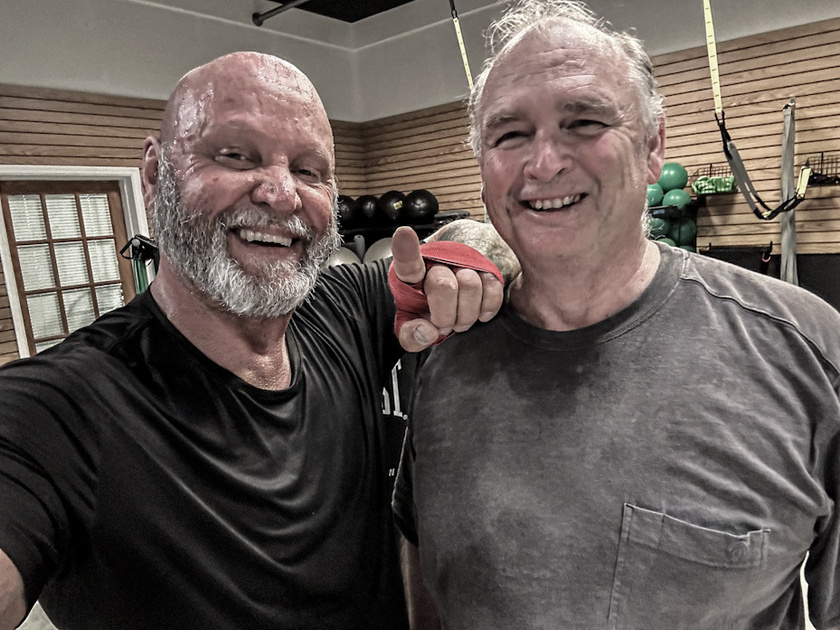
For over thirty years, I trained professional athletes. Some were bodybuilders, figure and fitness competitors, but I also had the privilege of training professional hockey players, professional baseball players, professional fighters, and even an Olympic Biathlete and a male Olympic hopeful pairs figure skater.
The overarching lesson I learned from the experience is that each athlete and sport had unique needs. No two hockey players or fighters are exactly alike. Each sport may demand sport specific skills or development, but no two athletes are at the identical skill level or development in each of those required skills. While there can be similarities in training methods, there is no such thing as a one-size-fits-all training program that will cause all to reach the same level of success with that program.
For protectors, we must start off by determining what we feel we should be capable of in order to do our job with excellence. Then, we must make a fair evaluation of our strengths and weaknesses and how we measure up to the standard of excellence we set for ourselves.
I also include site specific skills and abilities I may need. Right now I am protecting a school that is located in a mall. The parking lot is large and there is a lot of space I am responsible for. It would be entirely possible that I would have to run 50 yards to deal with a violent attacker. I wear external body armor and with my gear and full uniform on; I weigh about 30 pounds over my bodyweight. I must be capable of running 50 yards and then address and defeat a formidable opponent hand to hand. That is the site specific requirement that determines my training goals.
Being well prepared and functioning with excellence, I don’t settle for the minimum. The goal I set is a 100 yard sprint in a 45 pound weighted vest, ending in a 3 minute full-speed grappling session with someone larger and stronger than me. That is the test.
Next I train for that test.
Currently, I am doing intervals of 100 yard sprints followed by 30 seconds walk and I repeat that until I have completed a mile. I do this workout at the beach in the deep dry sand far from the water so its much harder. Over time, I will shorten the rest periods. The 100 yard sprints will become faster and more intense, and I will stretch out the overall distance to 1.5 or 2 miles depending on how my body responds at that time. My goal will be to train this at a heart rate of 160-175 as in a physical encounter that will be the maximum heart rate I can sustain for any length of time without getting into oxygen debt and physically shutting down. Over the next 8 weeks, I will experience dramatically improved muscular and cardio-vascular endurance, greater speed, and quicker recovery from maximum exertion.
Along with beach sprints, I will also train in the gym. I do something I call 30 on, 30 off. It’s a training regimen that involved doing an exercise for 30 seconds, then rest 30 seconds, then repeat that cycle for a pre-determined number of sets. It can be any exercise you wish. I choose movements that involve more than one muscle group such as squats, thrusters, deadlifts, bend over rows, squat and push press, battling ropes, ball slams, and so on.
You can’t do this routine with a heavy weight at first as by the third set it will feel impossible and your form will fall deteriorate. Keep the weight low enough that you can perform the exercises in good form throughout the entire workout. The result is a combination of muscular and cardio endurance, but you find that your strength and fitness level also increase significantly.
At the end of 8 weeks I will evaluate the results by running the test, a 50 yard sprint and 3 minute grappling session with someone bigger than me. Depending on how I do there, I will develop a new set of goals and a training regiment that will allow me to achieve those goals over the next 8 weeks.
If this interests you and you want to know more, let me know and I will provide more details about the program and our progress as we work through this over the next 8 weeks.
